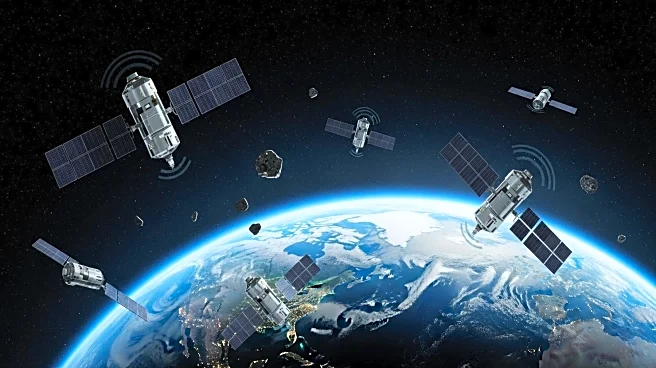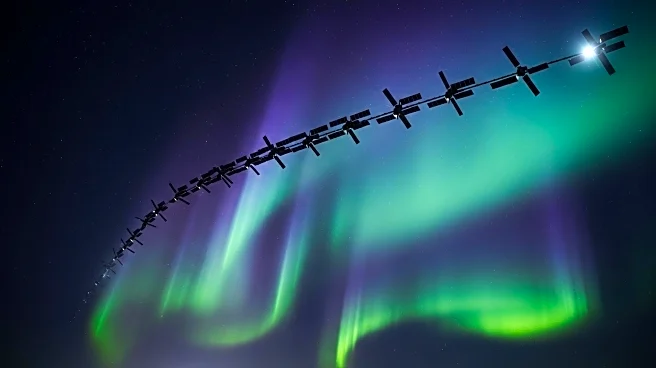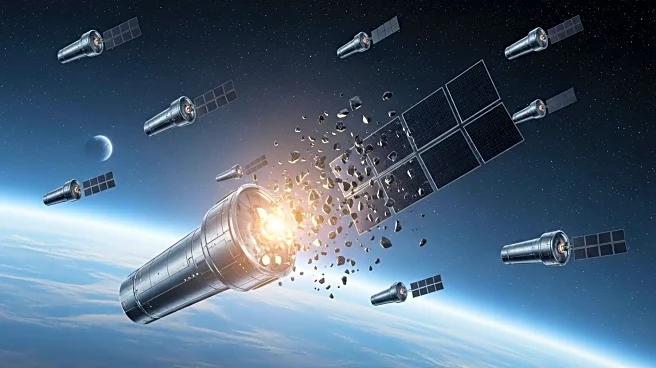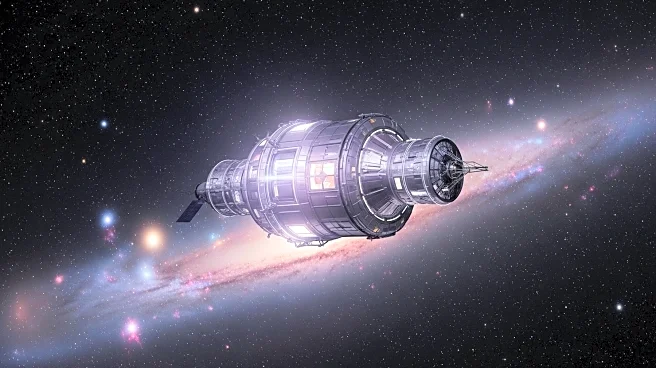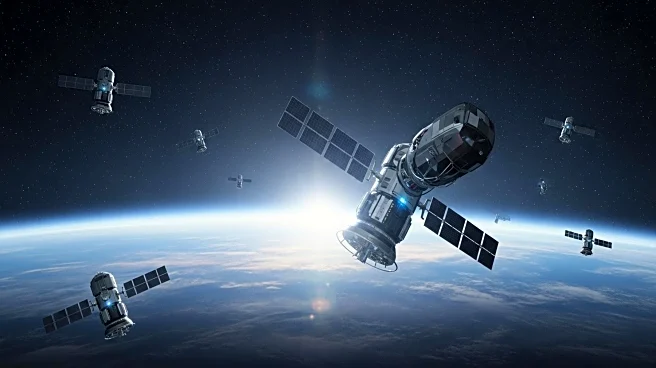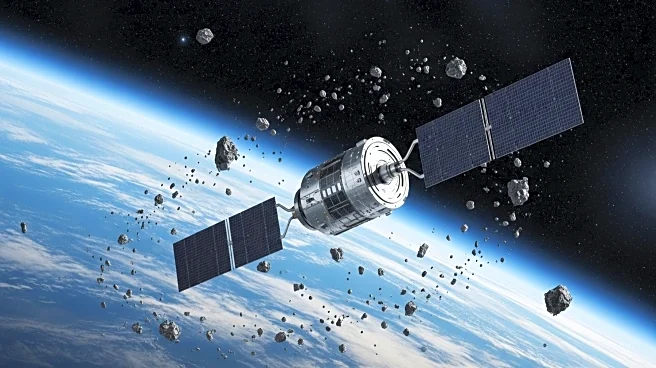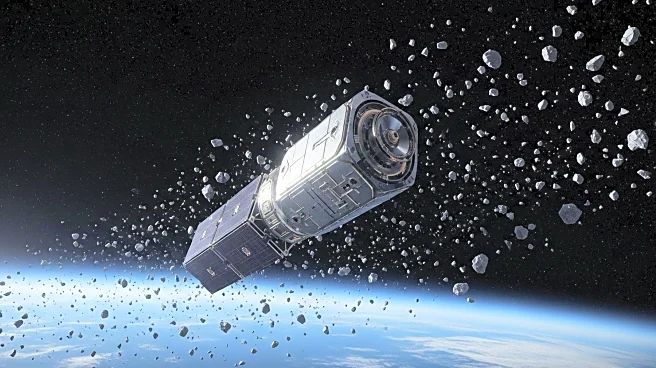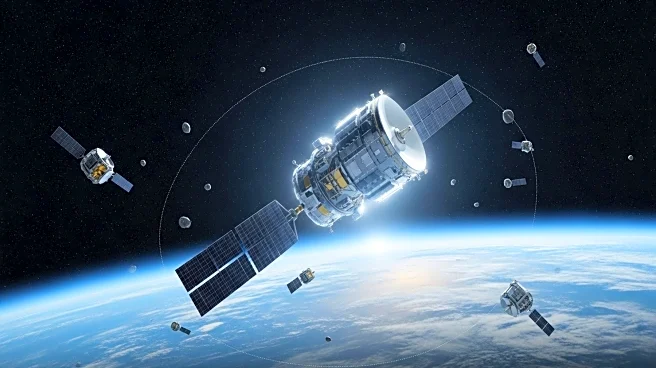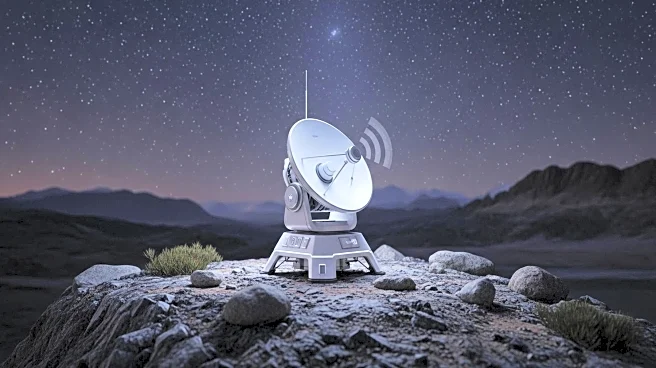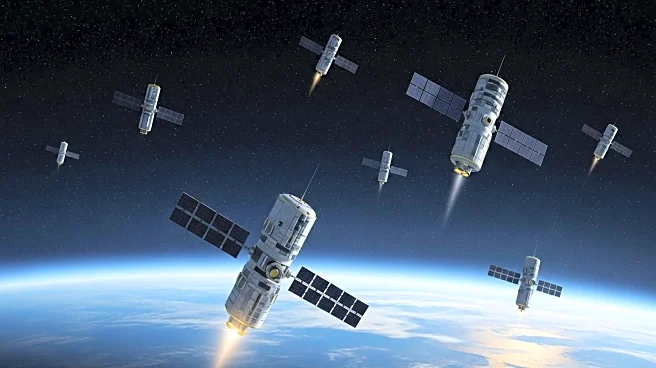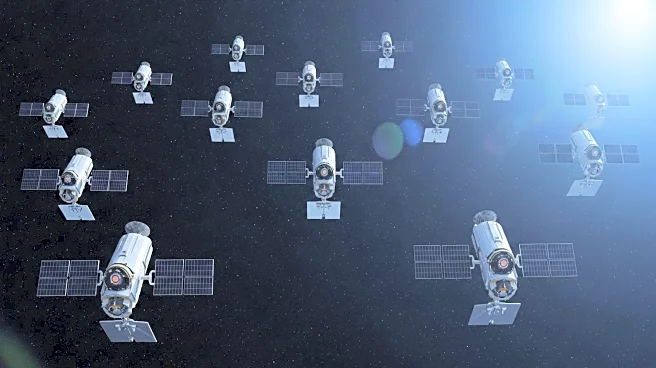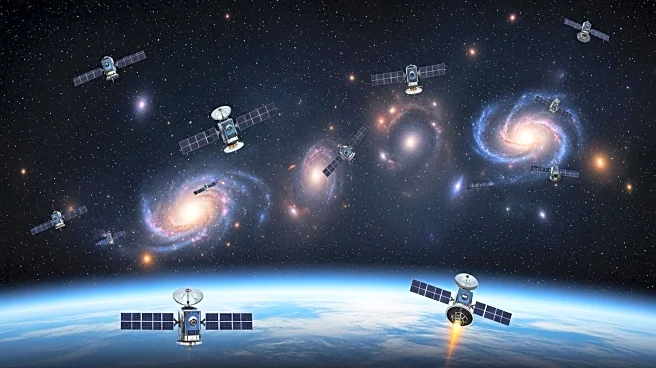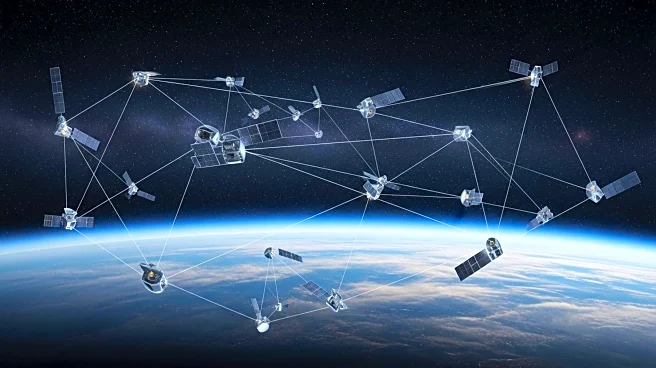What is the story about?
What's Happening?
Experts are expressing alarm as one or two Starlink satellites fall to Earth daily, raising concerns about space debris, atmospheric pollution, and safety risks. SpaceX's Starlink project aims to create a global satellite internet network, deploying thousands of satellites since 2019. However, many satellites are reaching the end of their life cycle, leading to controlled re-entries designed to burn up in the atmosphere. Researchers are questioning the safety and sustainability of this approach, particularly the environmental impact of burning metallic components.
Why It's Important?
The frequent re-entry of Starlink satellites poses potential environmental and safety challenges. The release of metallic components during re-entry could affect the ozone layer and trigger chemical reactions with serious environmental consequences. Additionally, the risk of falling debris and the possibility of Kessler syndrome—a cascade of collisions in overcrowded orbits—highlight the need for international regulations and sustainable practices in satellite deployment. The situation underscores the importance of balancing technological advancement with environmental stewardship and safety considerations.
AI Generated Content
Do you find this article useful?
